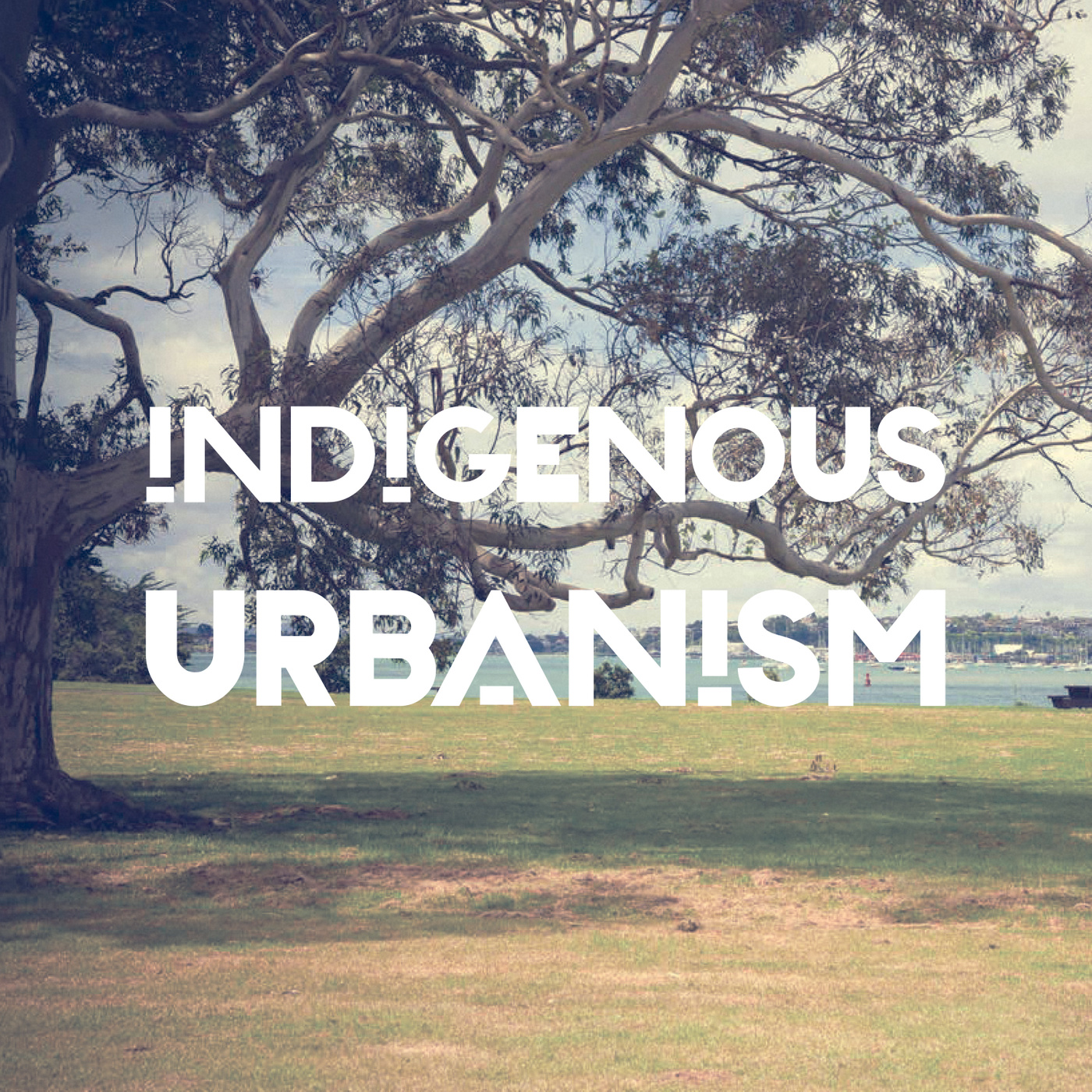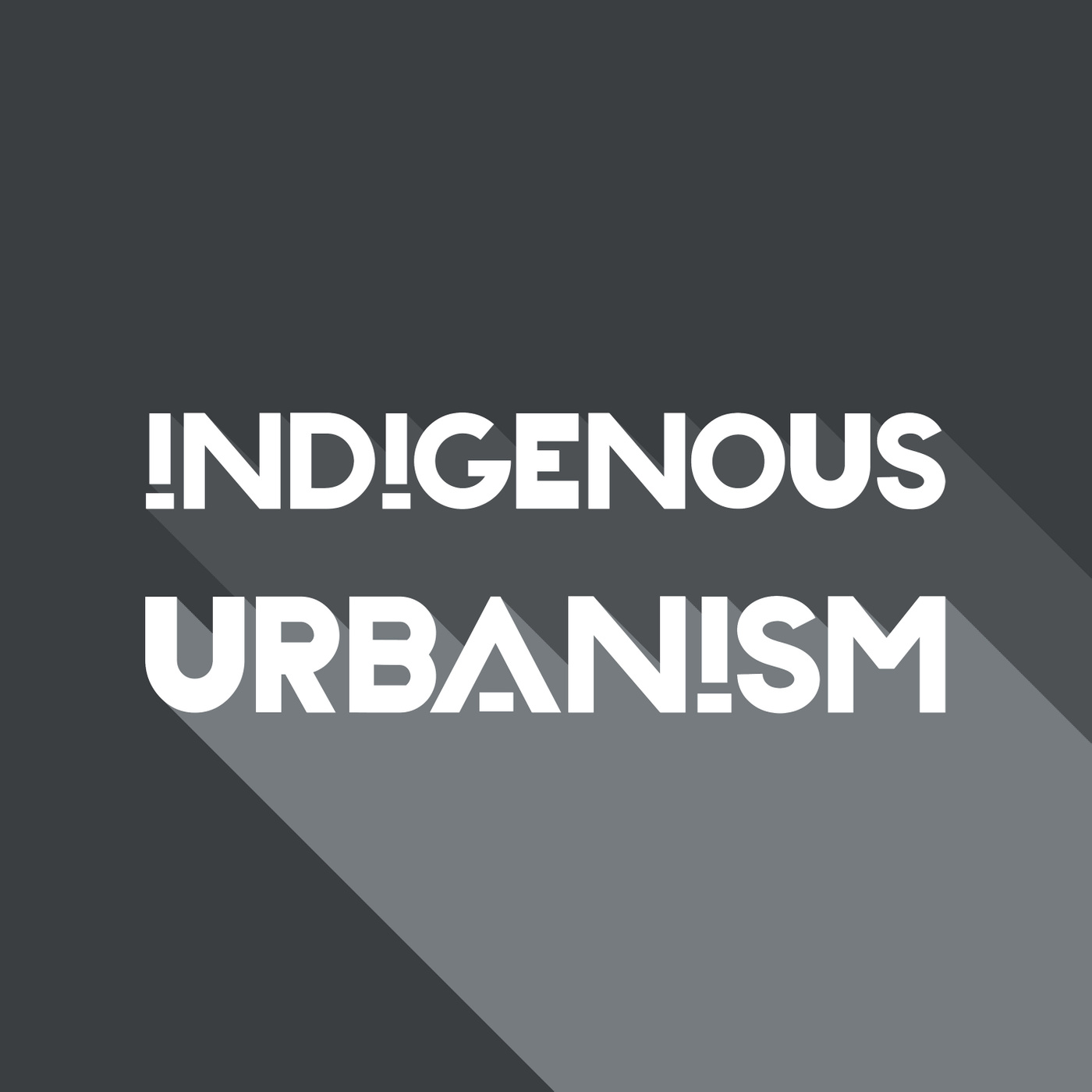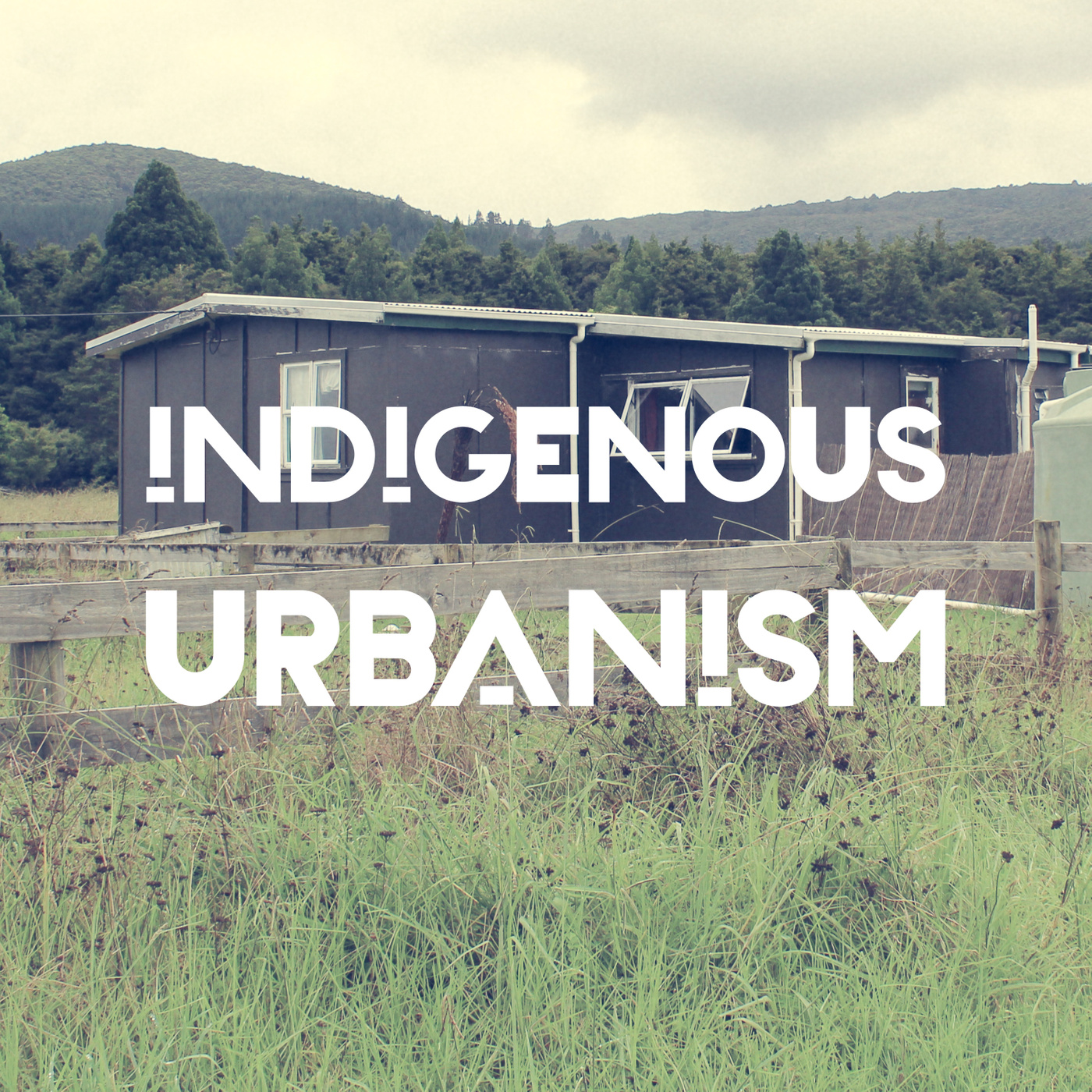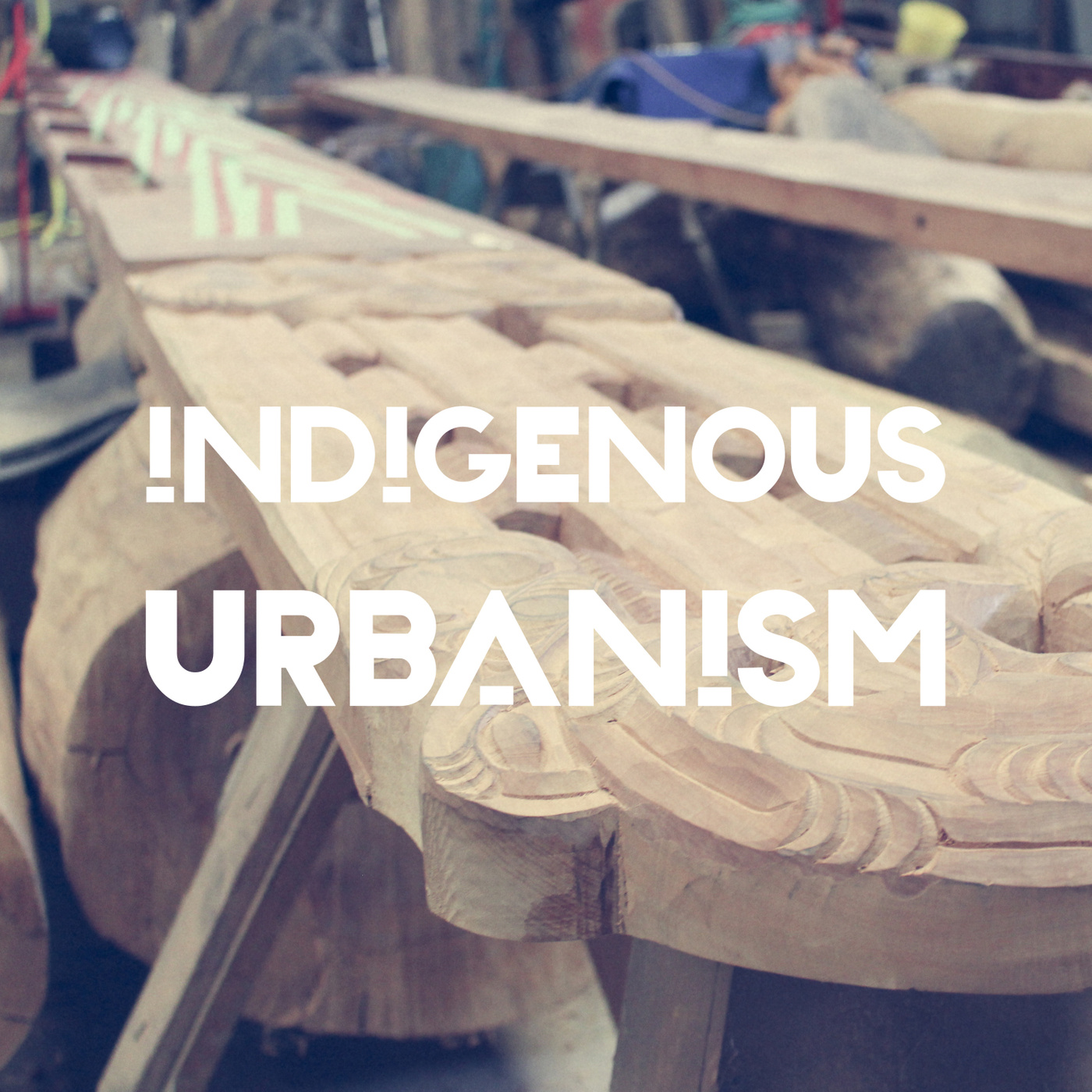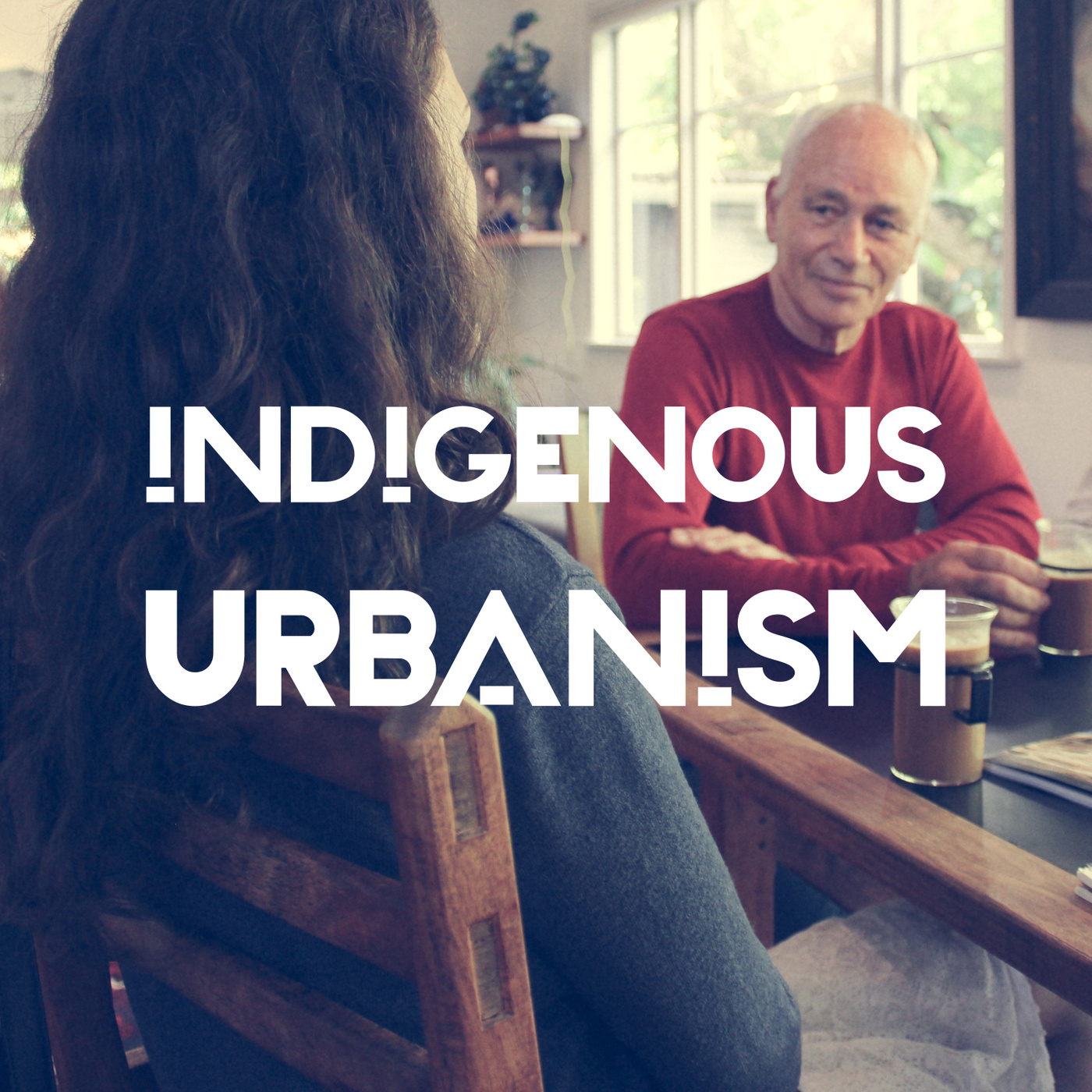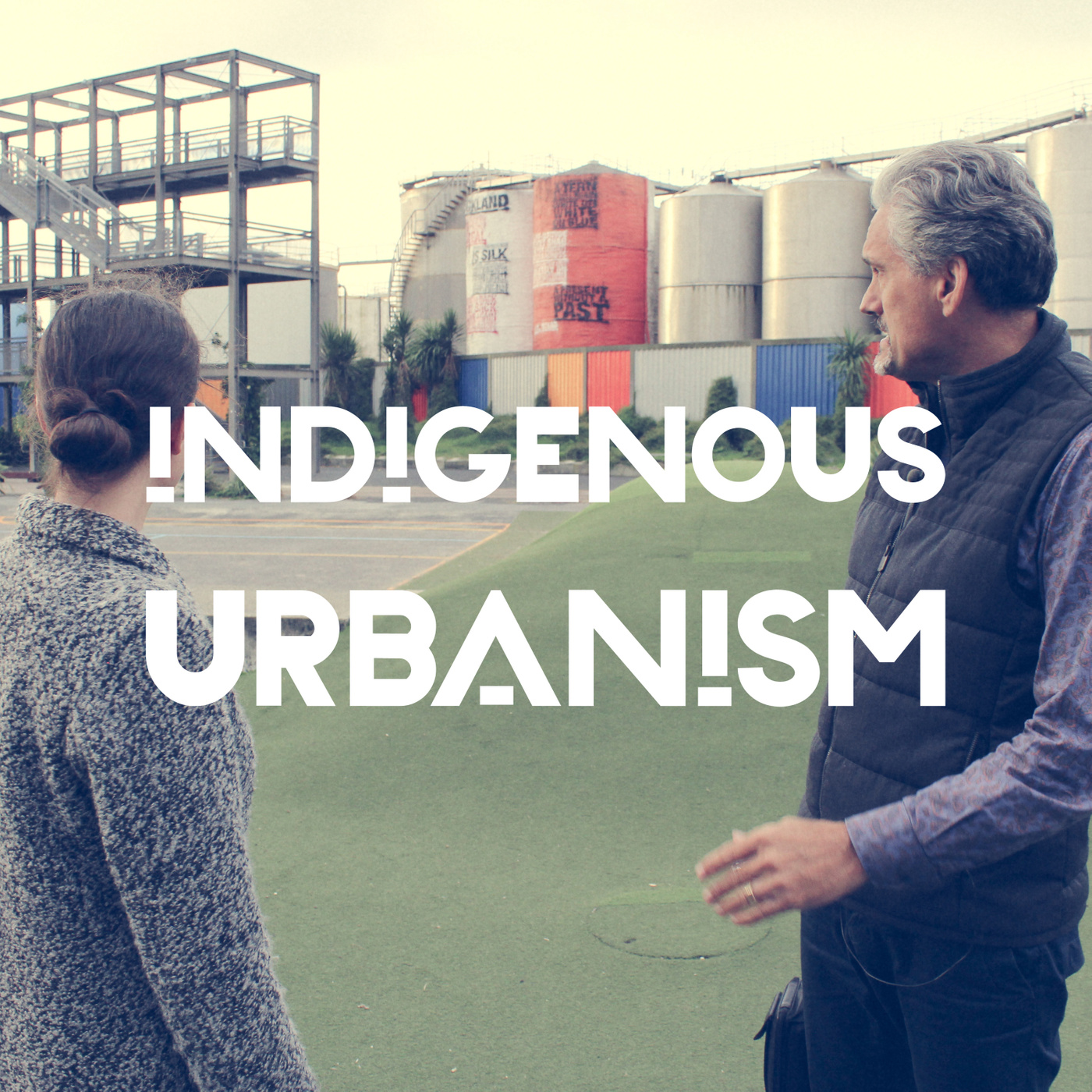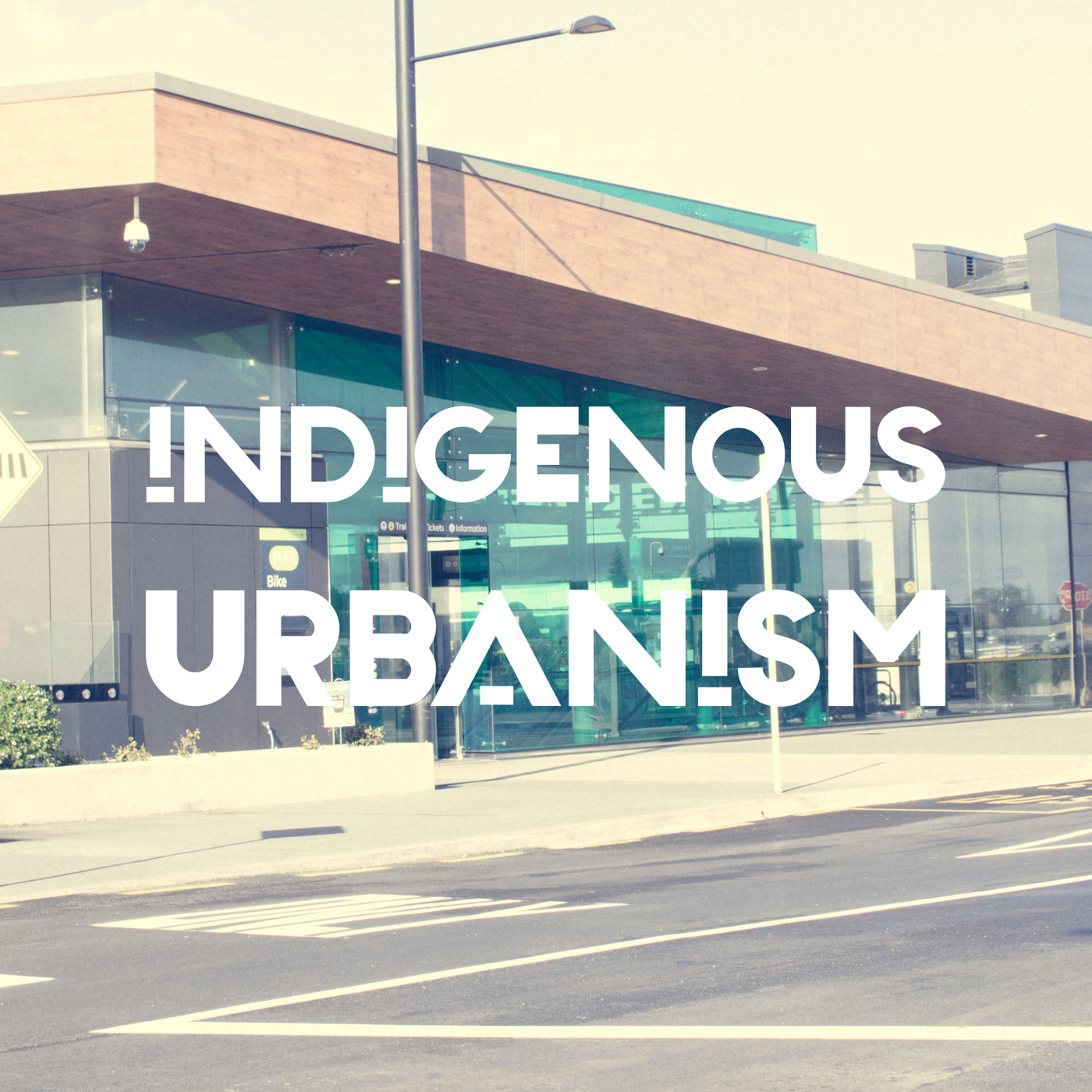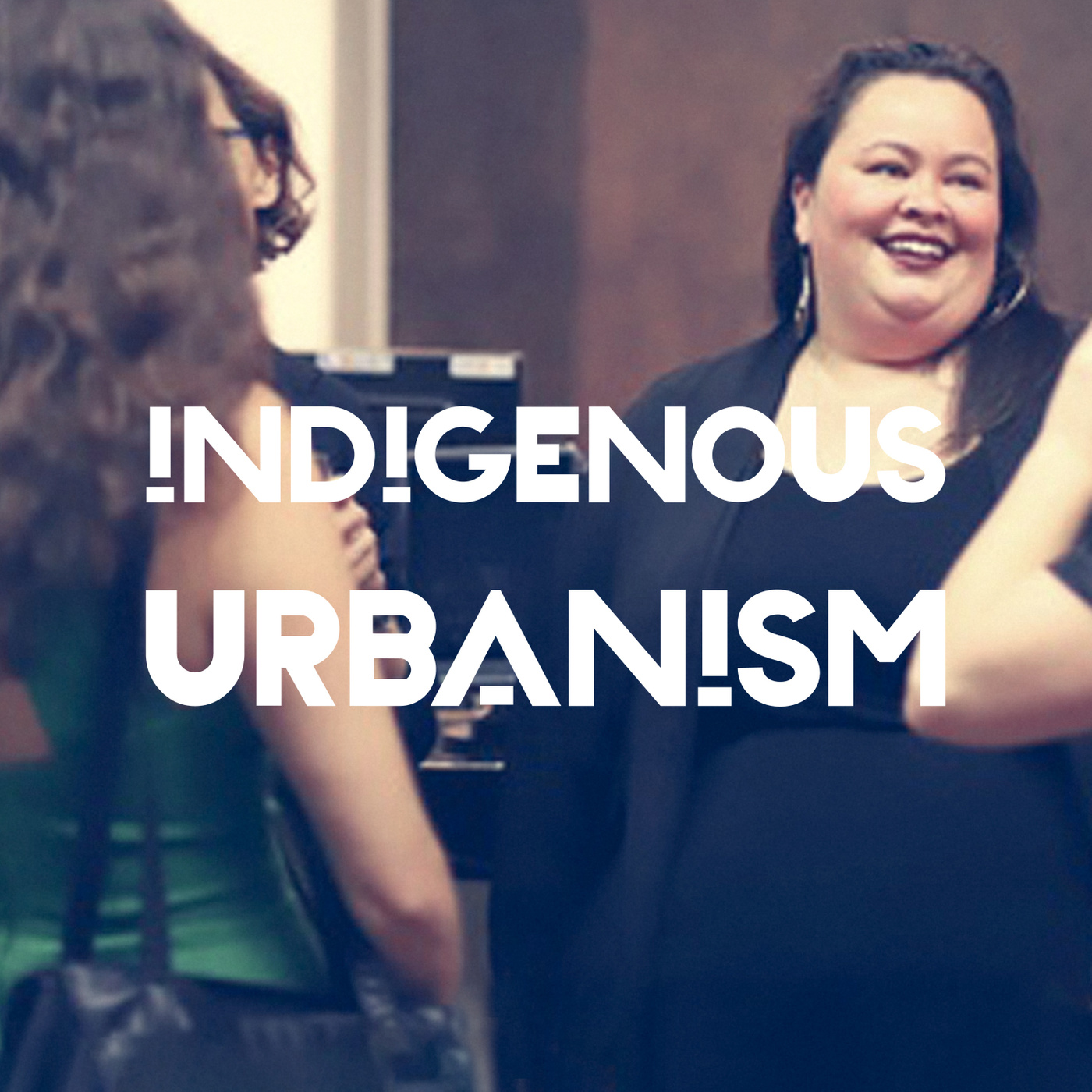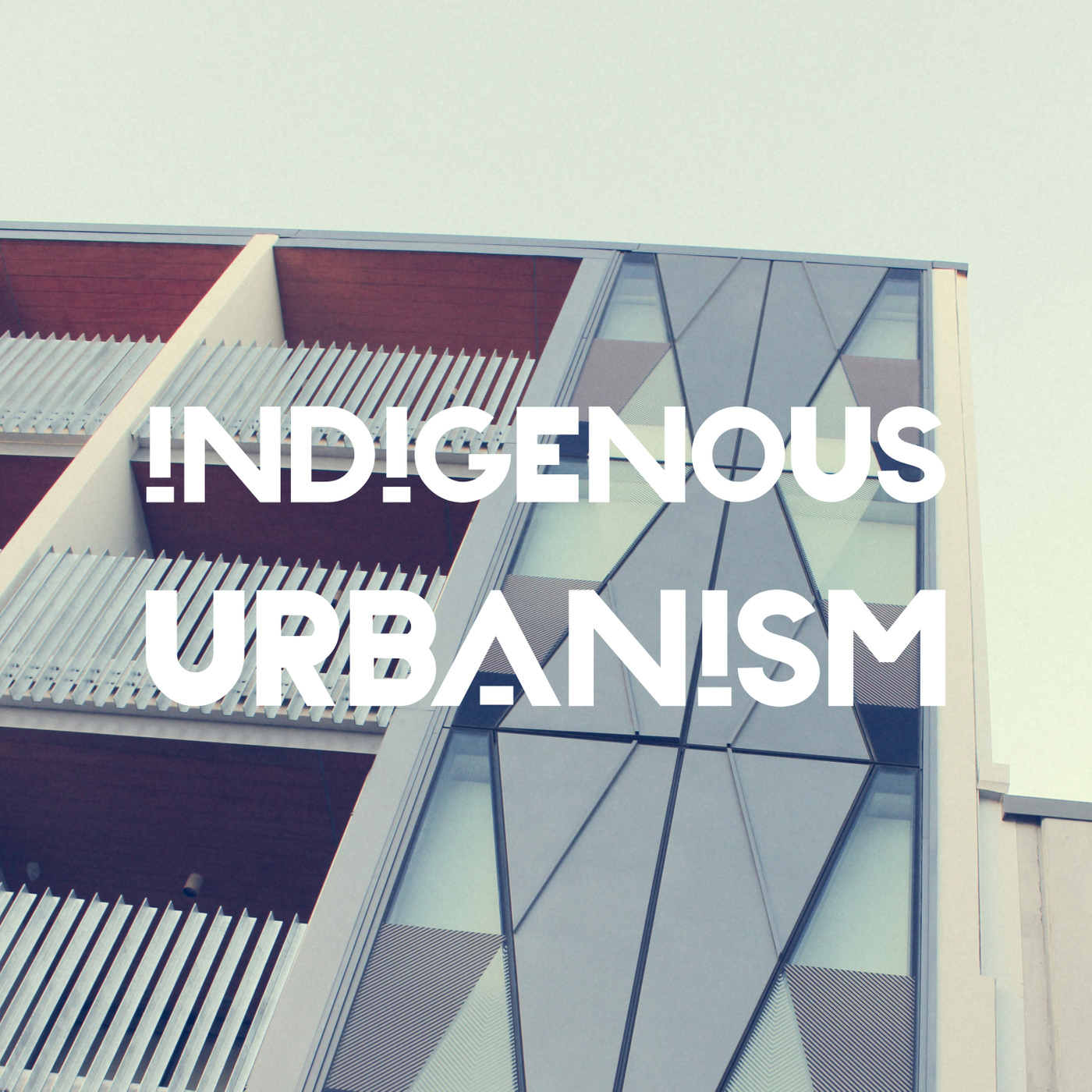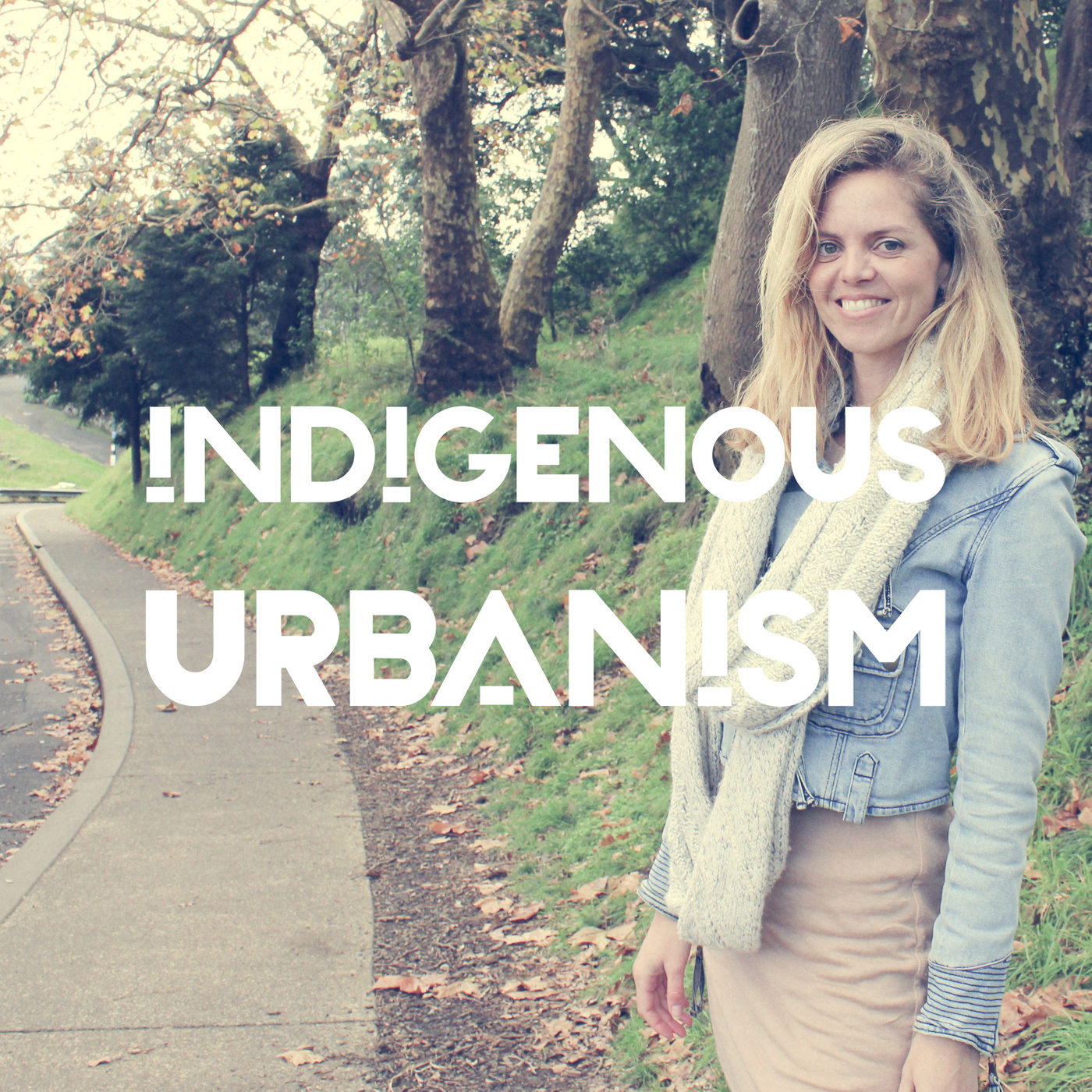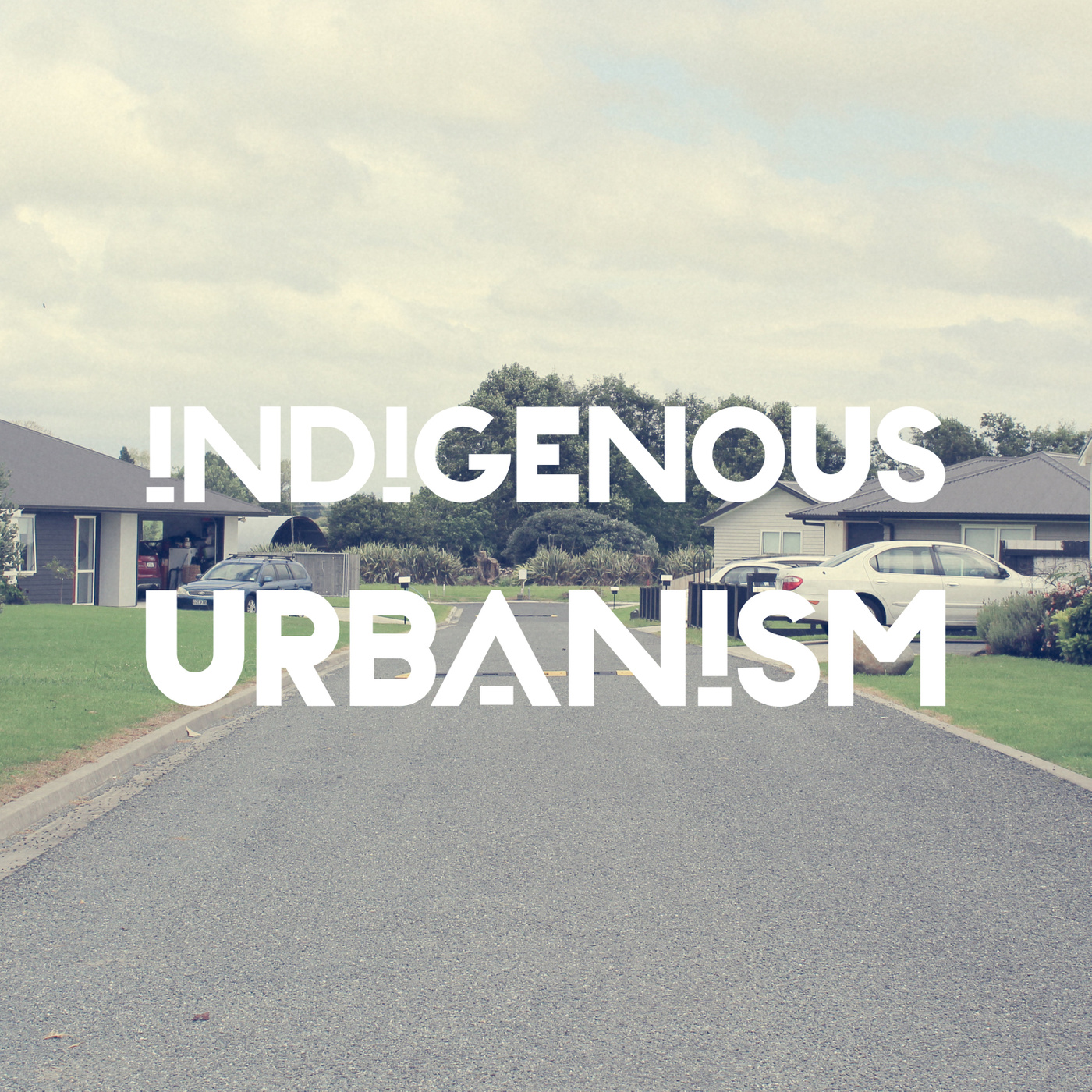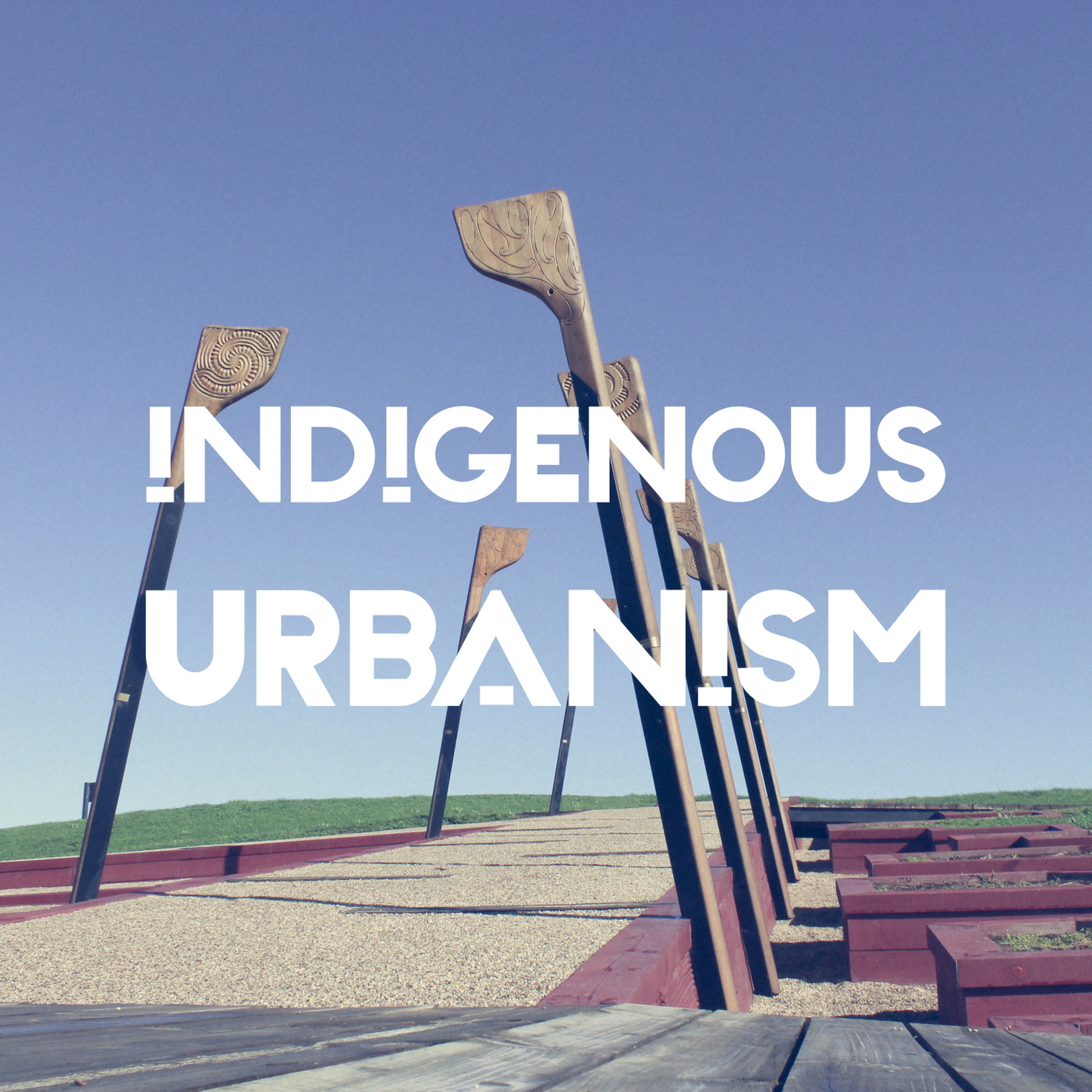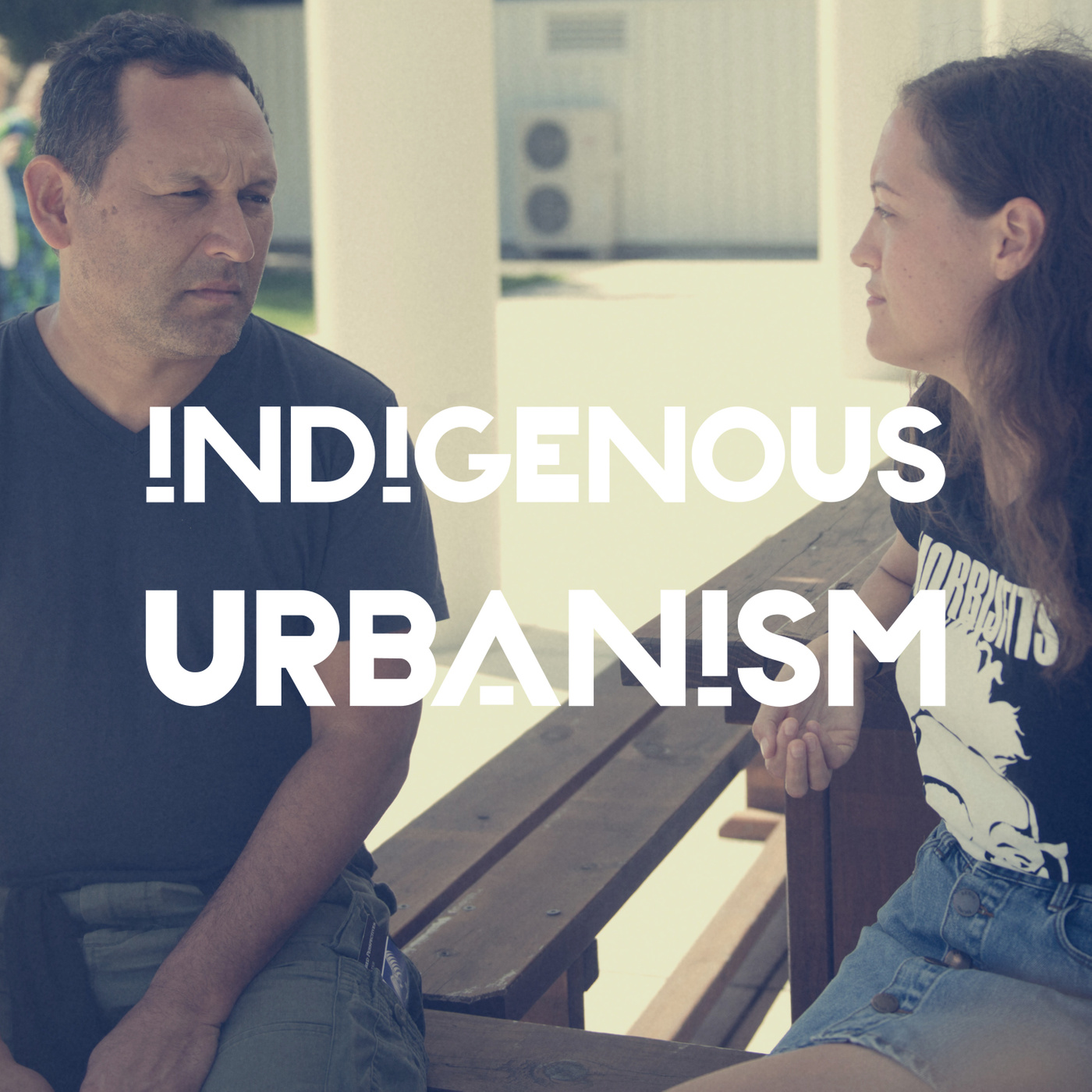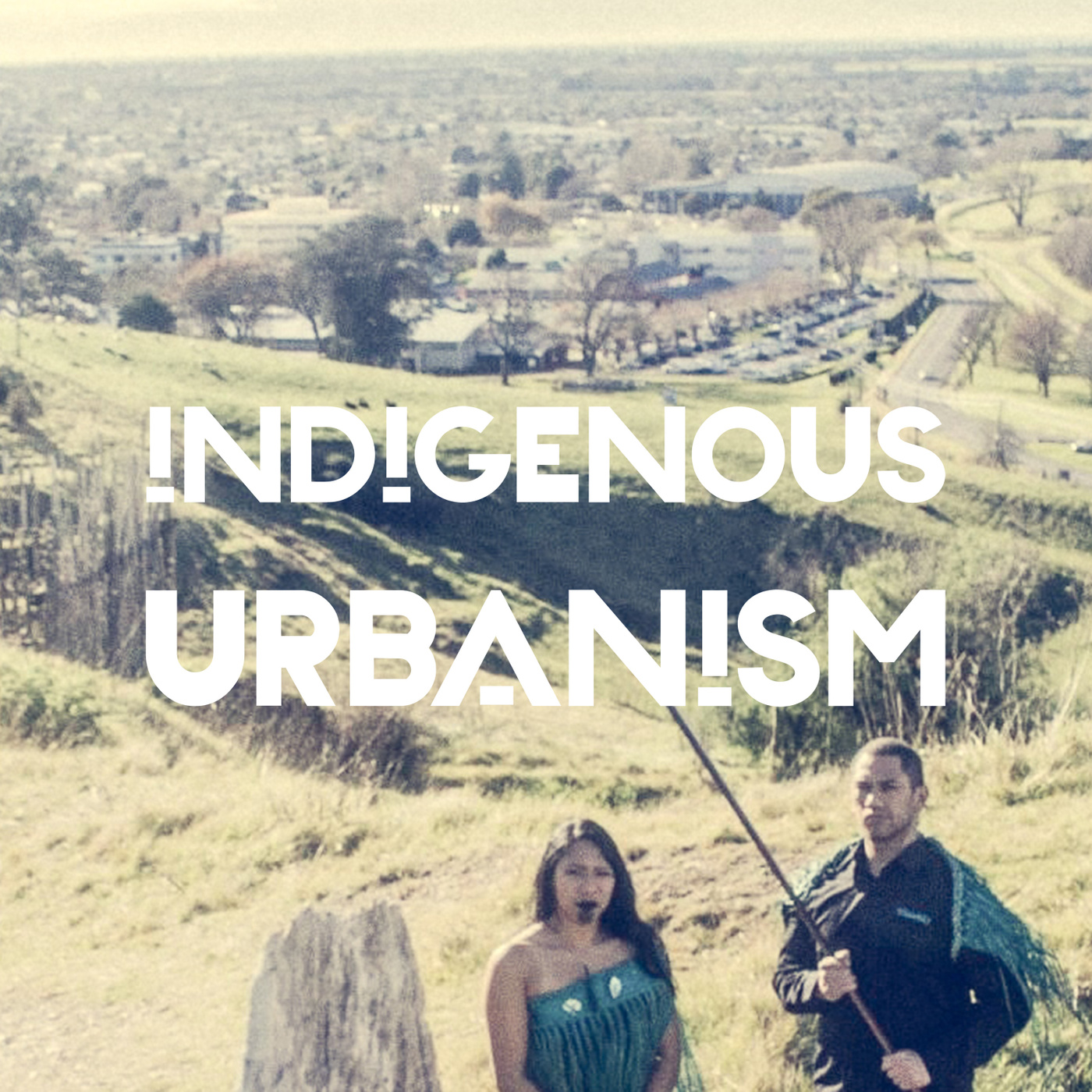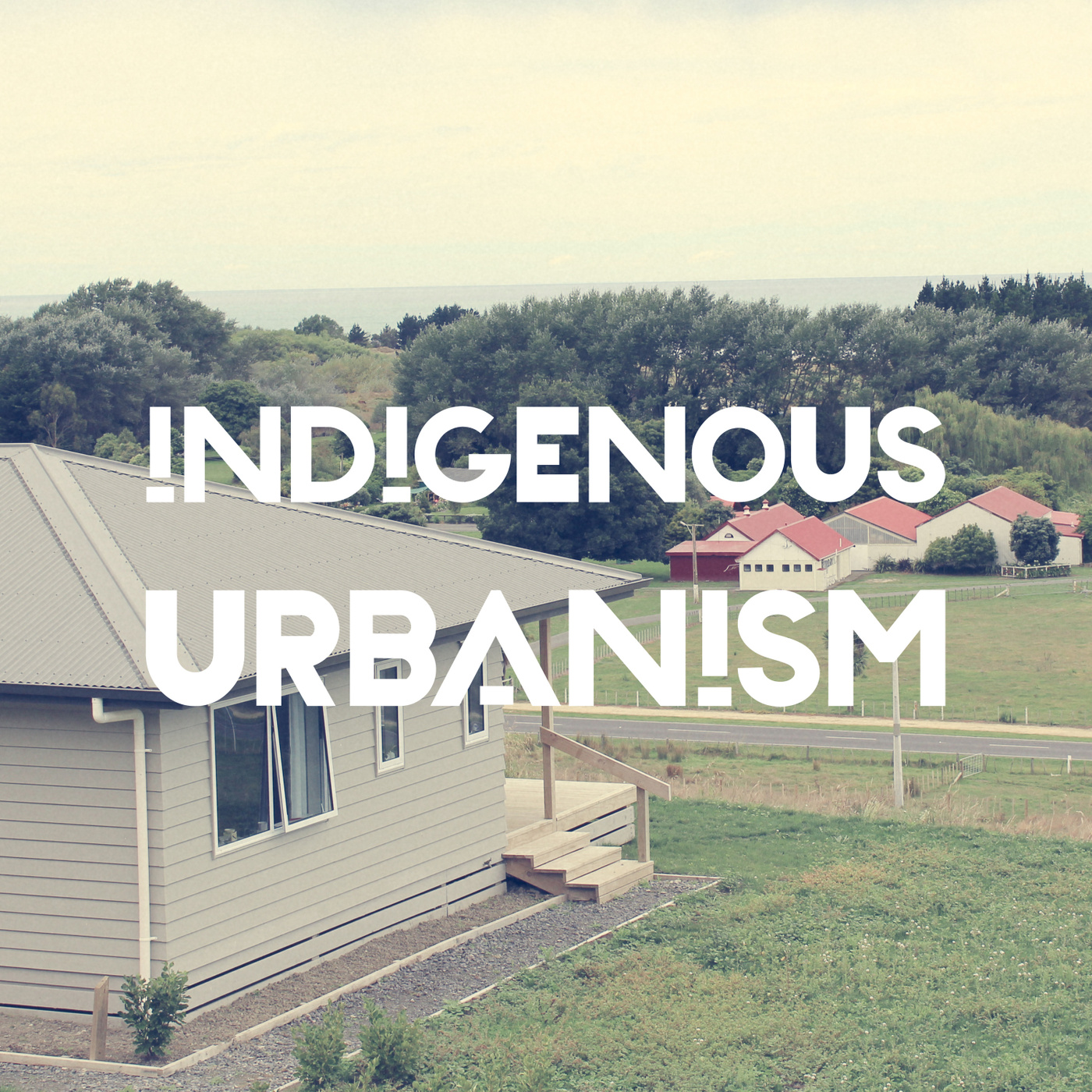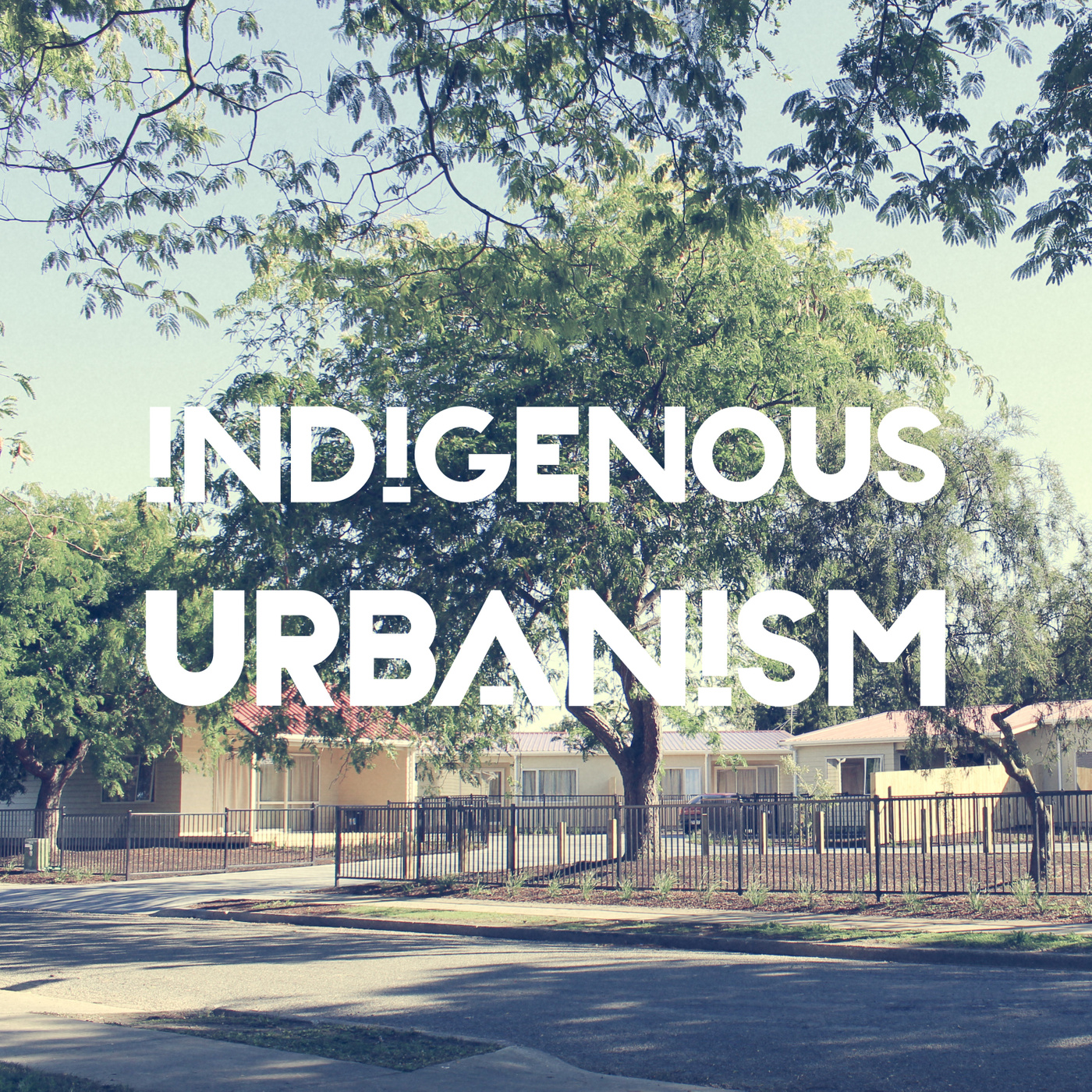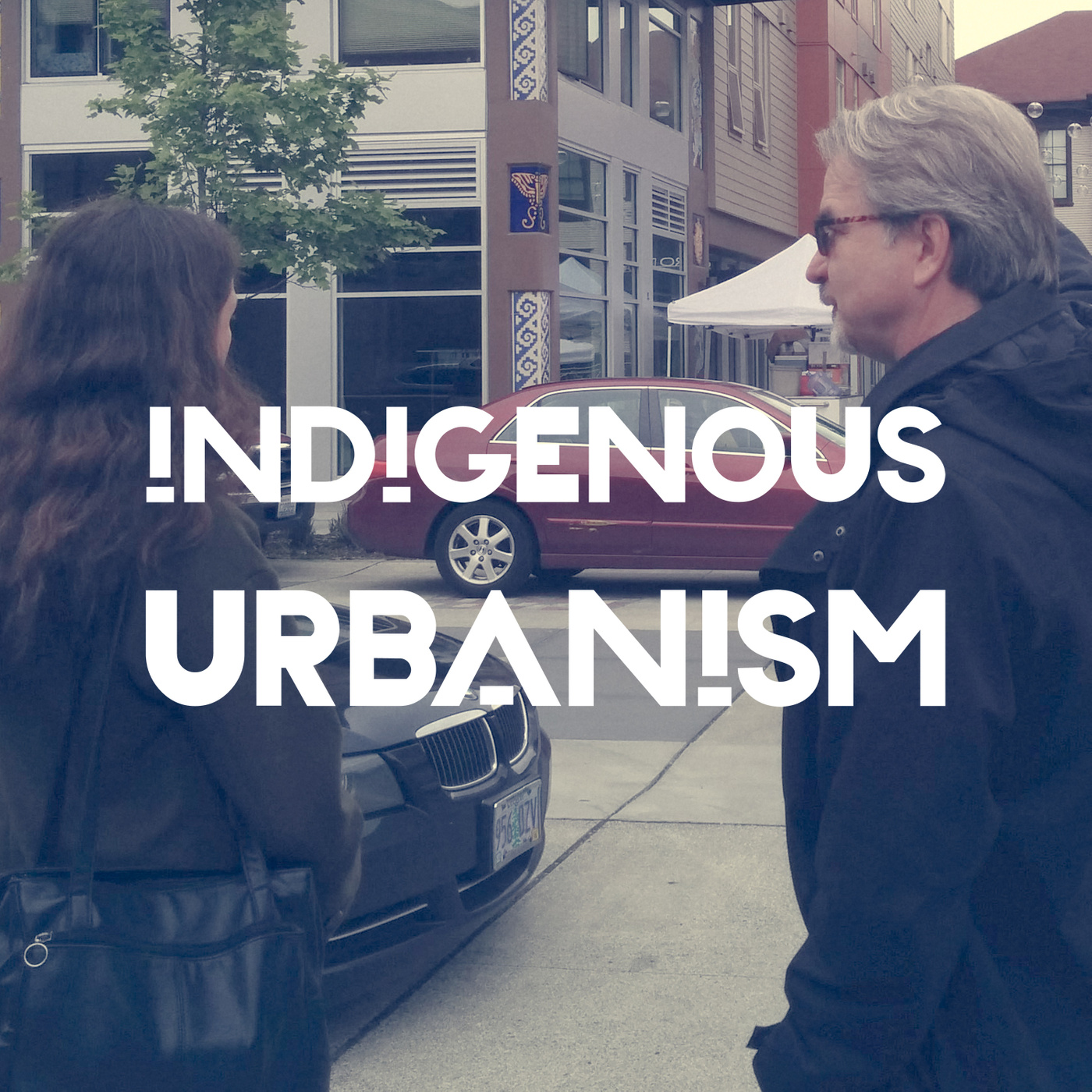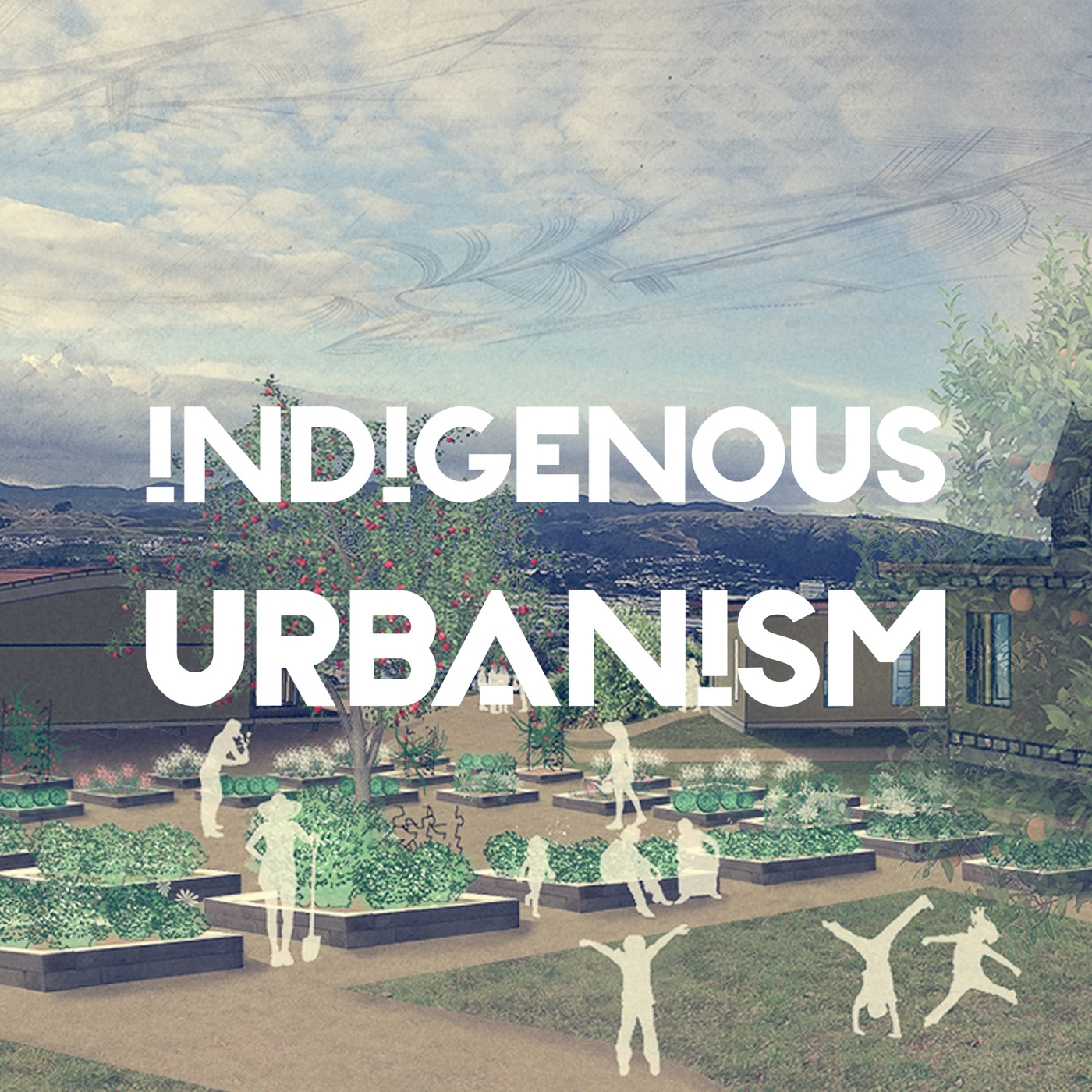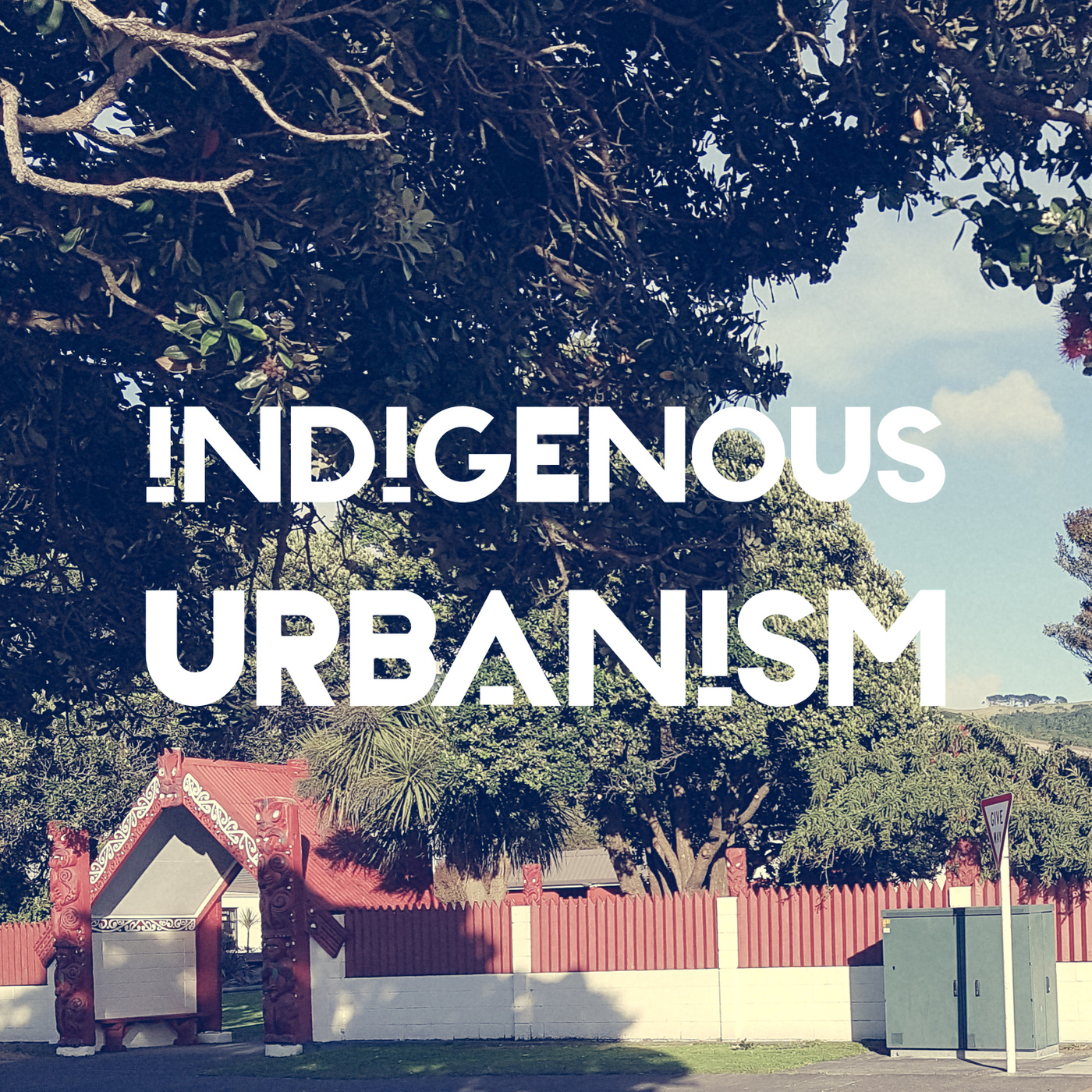Paoa Whanake
Description
EPISODE SUMMARY: On this episode of Indigenous Urbanism, we visit the site of the upcoming Paoa Whanake development in Point England, which will see 300 homes and a new marae built on Treaty settlement land.
GUESTS: Hauāuru Rawiri
FULL TRANSCRIPT:
Jade Kake: With mana whenua groups throughout Tāmaki achieving or approaching settlement, there are significant emerging opportunities for iwi to play a leading role in urban development projects within their rohe, and to develop their land returned or purchased through settlement for housing.
Hauāuru Rawiri: During our Treaty negotiations, the opportunity presented itself to look at a 2 hectare marae site, which we called Te Whanake or Paoa Whanake, and we seized that opportunity. Part and parcel of that was around social housing, and that commercial opportunity came about as well. So, one of the main things for us is about coming home. What we wanted to do as negotiators for our people, is to repatriate our people back in this particular area, where we once were. And we're mindful about other tribes that were here with us. The Treaty settlements provided us with the opportunity for that to happen. Cultural repatriation, an opportunity to look at housing in the commercial sense, social housing as well. So, yeah. We're mindful about the differences of thinking from the community, but you know, we've had 100% support by - I say our whanaunga - which is the other iwi mana whenua tribes. Of us doing what we're doing. Of course, with the unknown, if we don't understand the context, and the history, and the whys - in terms of why we're doing this - you only know what you know. For Ngāti Paoa, and for the leadership of Ngāti Paoa, it was just to continue to move forward, based on our principles of tika, doing things correct, doing things right; pono, just be honest to ourselves, and honest to others as well; but the important thing is the aroha. Aroha can take many forms, but for Ngāti Paoa it's about compassion. Ans actually valuing people for who they are, and the thoughts that they have. But, you know, it's just putting some light in terms of the why and how we're going to go about doing that. And that's, if you think about a tikanga process, or tikanga, it's the how we go about doing that. What is the point of difference that we bring? The point of difference that we bring is that it's not about creating housing alone, it's about creating a community.
JK: Tēnā koutou katoa
Nau mai haere mai ki te Indigenous Urbanism, Aotearoa Edition, Episode 9.
I’m your host Jade Kake and this is Indigenous Urbanism, stories about the spaces we inhabit, and the community drivers and practitioners who are shaping those environments and decolonising through design.
On this episode of Indigenous Urbanism we speak with Hau Rawiri, Chair of Ngāti Paoa, about the upcoming Paoa Whanake development in Point England, which will see 300 homes and a new marae built on Treaty settlement land.
HR: Kia ora Jade, kia ora koutou. Whakarongo mai nā. Ka tīmata whēnei ana, Ko Tainui te waka, ko Kohukohunui te maunga, te Wharekawa te marae, Ko Ngāti Paoa me Ngāti Whanaunga ōku iwi, Ko Hauāuru tōku ingoa. Yeah, my name's Hau, Hauāuru Rawiri, and I'm the Kaihautū for the Ngāti Paoa iwi trust and I just lead our people, in the path through Treaty settlements as a negotiator. I was fortunate to be in the right place at the right time, at one of our hui-a-iwi, and really humbled to and privileged to help our people of Ngāti Paoa in this way.
JK: I've asked you to meet me here at Te Whanake, and the reason I was interested in coming here is because we heard a lot in the media around the Point England development Enabling Bill, and the proposal here, and there was a lot of, I think misinformation about what exactly the intention was, and what the plans were moving forward. And I guess I just wanted to give you the opportunity to tell the story from your perspective, of, firstly the importance of this area, historically, but also the importance of the plans moving forward.
HR: And again Jade, and to your organisation, thank you for the opportunity, to allow me to speak my thoughts and voice our intentions. I mean, it's all about connecting. I talked about our waka being Tainui, and we think of the Tāmaki river or Te Wai-o-Taiki, the Tāmaki river, and the cross of the Tainui waka that we connect to, into the Manukau Harbour. Well this is where it happened. And I'm mindful, in the early 1800s, is where our people lived along, in this particular area. Especially around Mokoia Pā, was an important pā site for Ngāti Paoa Mauinaina. And, you know, the many people, Pākehā alike, that came to this particular area. And we're mindful about other tribes that were here with us. The thing is, is that they were with Ngāti Paoa. And that's not being disrespectful, because as whanaunga with our tribes of Hauraki, with our tribes of Tāmaki, we lived together. But for us is that this is a stronghold along this particular river we know as Wai Mokoia, was very, very important place for us.
JK: I'm wondering, if you could maybe describe a bit of where we are, and what is planned for the area that we're walking through and looking at right now.
HR: So, where we are now is that we're at the sports fields, and it's Auckland Council owned and managed. And right next to this particular sports field, is the reserve, owned by the Crown, by DOC, and managed by Auckland Council. On that particular piece of land that's owned by the Crown, by DOC.
JK: So is that the area across the fence?
HR: It's the area across the fence. The highest point on there is where we've allocated, in discussion with the Office of Treaty Settlements, is the area for the marae. Which is the highest point over there. We're still in discussions in terms of the particular area for the housing development, and with the change of government those discussions are continuing. We're mindful that, in terms of what we've locked in, and what we've locked in terms of the initialing of our deed of settlement, is 2 hectares for the marae, and 11.69 hectares for housing, mixed housing. So that's been locked in in terms of our deed of settlement.
JK: So how many homes would be on that 11 point something hectares?
HR: We talk around 300, but really it comes down to the quality of the homes, it comes down to affordability, and that actual mix.
JK: What I wanted to ask you about, is this plan for marae. Where is the nearest Ngāti Paoa marae to this location?
HR: Okay, we're mindful that we have a connect to Ruapotaka Marae, and has been acknowledged as Ngāti Paoa being iwi mana whenua, or one of the iwi mana whenua for the marae. But in terms of having a Ngāti Paoa marae, the closest marae that we do have is back in Wharekawa, Kaiaua. We're mindful that in terms of the decision that was made, in terms of a marae site here, actually aligns to back in the early 1800s, around Mokoia Pā, was a stronghold, was a site, was a marae, was a pā site, for Ngāti Paoa. An important pā site in this particular area.
JK: Could you describe where Mokoia Pā is in relation to this site?
HR: So Mokoia Pā is on the northern side of the Panmure bridge
JK: So, is that kind of directly across the water there?
HR: Directly across the water there. And it's probably one of the most important pā sites, and recognised archaeological areas in the whole of Auckland. And I don't say that flippantly, but you know, archaeologists and others and the history around it, and what they're doing there at the moment, has uncovered some unbelievable finds. That's where it was. I remember in the stories that were handed down by our tūpuna, by our ancestors, in 1821 when Ngāpuhi came through this particular area, and pretty much the battles that happened, there was a lot of, there were a lot of deaths that happened in this particular area. It's all in the history there. For us is the opportunity to repatriate this area, and honour those ancestors that actually died here and lived here in the past. In terms of the particular marae site, the 2 hectares here at Paoa Whanake, it's around being inclusive with the community, and working with the community. And the fundamental difference is that it is a Ngāti Paoa marae. For us as Ngāti Paoa, it's being inclusive, and using the general gist of the marae, it's the people of that particular area. But also for us is that, we understand the diversity that we have in this particular part of Auckland. And when we think about, there's over 170 ethnicities, nobody's not going anywhere, it's probably going to increase more. So how do we work together, as a community, and really enable and empower the community, and bring the community into our world. It's not about pitting ourselves against each other, it's about working together. And you know, I use this kōrero, Ngāti Paoa would provide the foundation to allow all Nations to grow. It's about the and not the or. Really sincere about that. When I talk about foundation, the marae is that. We talk about, as mana whenua, as Ngāti Paoa, it's about your whenua, and creating that foundation. In terms of our values of manaaki, of kaitiakitanga, not only of the whenua, of the environment, of the sea, but of people. How do we practice and exercise that, and that's key. I mean I come back to the marae, in terms of the thinking around the marae, although it's in its early phases, if we plant the whakaaro, the thought, and the wairua into the intent and what we want to do, then everything else will just manifest. Because it's about creating the foundations for all nations to grow.
JK: And having the marae, and the homes, and having the living presence in that area, I suppose it fulfils two really important functions for Ngāti Paoa, in that in having that living presence, yo

